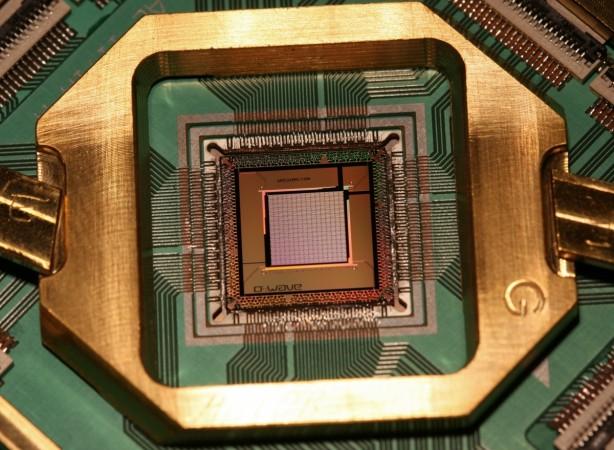
A team of scientists has come up with a new unit of measurement in quantum computing, which, according to them, will allow encoding more information in photons, and dramatically increase processing speeds.
Physicists currently consider qubits, or quantum bits, as the building blocks of quantum computing that hold bits of information. But, scientists have now developed a microchip that generates "qudits" with each assuming 10 or more states. Considering the fact that each qubit can adopt only two possible options, qudits have the potential of paving a new way that can lead to incredibly powerful quantum computers.
Unlike classical computers that store information in binary bits whose value can be either 1 or 0, quantum computers use qubits that can be in a state of superposition where they simultaneously act as both 1 and 0. This superposition helps each qubit perform two calculations at once, making it possible for a quantum computer with multiple entangled qubits to perform calculations at an incredibly faster speed.
However, extremely fragile nature of superpositions makes it difficult to work with multiple qubits. This is where qudits can make a huge difference as they are known to be able to have more than two states simultaneously. For example, a quantum computer with only two 32-state qudits can perform similarly to 10 qubits while also avoiding challenges that may arise when working with 10 qubits together.

The newly-developed microchip is capable of generating two entangled qudits with each having 10 states, for 100 dimensions, which is more than what six entangled qubits could generate.
"We have now achieved the compact and easy generation of high-dimensional quantum states," study co-lead author Michael Kues, a quantum optics researcher at Canada's National Institute of Scientific Research in Varennes, Quebec, said in a statement.
As part of the research, scientists used a laser to fire pulses of light into a ring resonator, which is a circular piece fixed onto silica glass. This primary component emits entangled pairs of photons, with each being in a superposition of 10 wavelengths or colours.
"For example, a high-dimensional photon can be red and yellow and green and blue, although the photons used here were in the infrared wavelength range," Kues said.
According the scientists, the new platform can theoretically support up to 13 qubits, equivalent to over 9,000 dimensions. The details of the new findings were released in a study, published in the journal Nature on Wednesday.

















